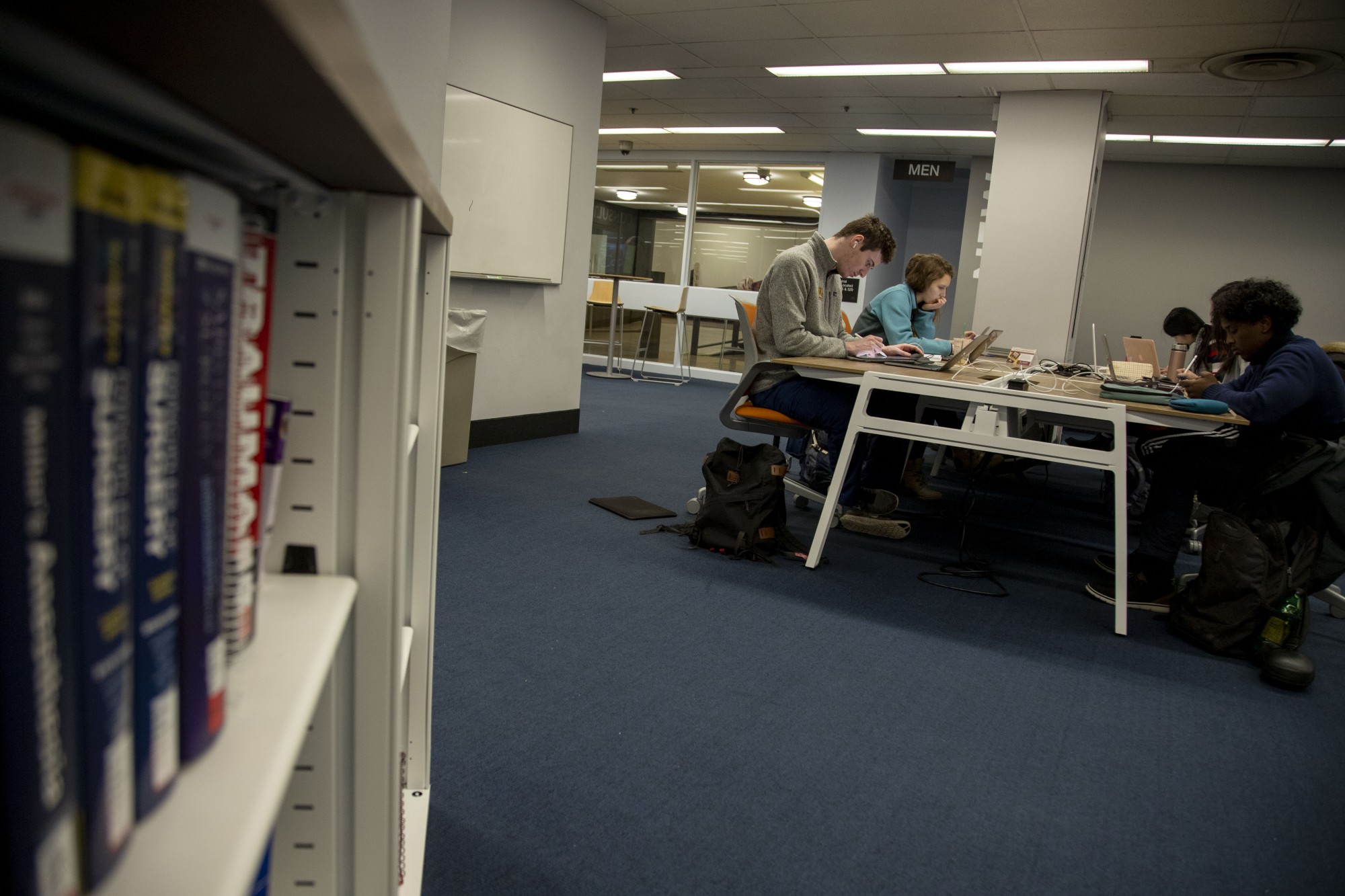The University of Minnesota’s Biomedical Library, currently located inside Diehl Hall, is set to be relocated this summer to a newly constructed building.
The library, to be renamed the Health Sciences Library, as well as the Wangensteen Historical Library of Biology and Medicine, will both occupy the new Health Sciences Education Center. The libraries are meant to encourage learning between medical professions through large group and communal spaces. Both will open on July 1.
“The focus is for it to be inter-professional because that’s the way in which health care providers actually practice,” said Janice Jaguszewski, the director of the Health Sciences Libraries. “These different professions work together in a holistic way to support the patient. But we aren’t teaching that way [currently].”
The library is intended to create active learning experiences for both faculty and students. The Faculty Commons, which is meant to be an educational space for faculty, is also a place to share perspectives between professors in different departments. The new library will also be equipped with a data visualization center and video-making studios, which were a feature of the old library but are planned to be expanded upon within the new building.
“We are going to try to have programming that draws in expertise from different disciplines,” said Jonathan Koffel, the library’s emerging technology and innovation strategist. Koffel referred to “makerspaces” which are studios that include virtual reality headsets, allowing medical trainees from any background to practice simulations before applying what they have learned to real-world situations.
“We really re-envisioned the ways in which this library will be embedded in the curriculum. It will be an anchor in the new building. So people will be moving through our spaces, [and] we will be able to move into the classrooms,” Jaguszewski said.
Most print collections are not intended to move with the library to its new location. Instead, the University will make most content available through online versions, while handing out the print versions upon special requests. According to Jaguszewski, the former library space will act as a storage facility.
While the two libraries in the Health Sciences Education Center will not be combined, the spaces between them will be connected, allowing for greater flow and collaboration without confusing the missions between the libraries, Jaguszewski said.
First-year student Sahara Isse, who regularly studies at the Biomedical Library, said it might take time to adjust to the new library and its different layout.
“[The library will be] the common good; we’re where everybody comes together, all the disciplines come together, and we can bring everyone together to help solve it,” Jaguszewski said.








